By Dave Willis, LARG chair
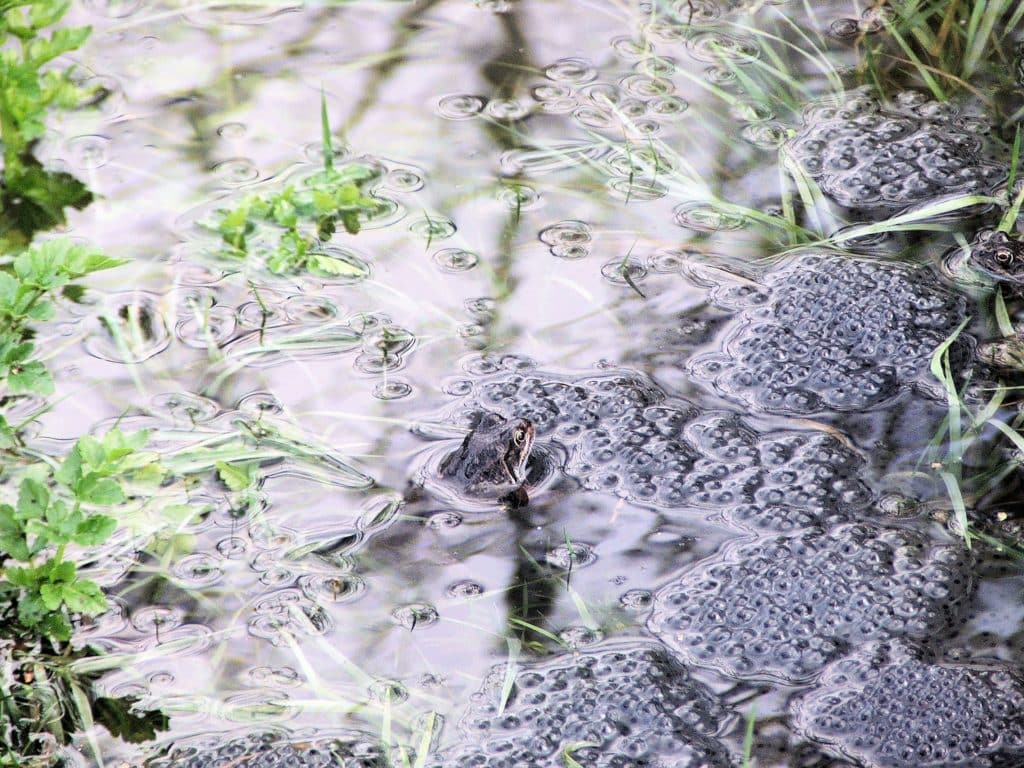
With its wide range of habitats and long history, it is no surprise that the capital is home to many of the UK’s widespread reptile and amphibian species. Wherever you find these animals, it is very likely that you are going to find people interested in helping them.
Across the country, the Amphibian and Reptile Group (ARG) UK network provides support to volunteers keen to help the UK’s native hopping, slithering and metamorphosing wild residents. With the network allied to the Amphibian and Reptile Conservation Trust, this help takes many forms and, being in London, they often have to reflect the nature of the communities in which they occur.
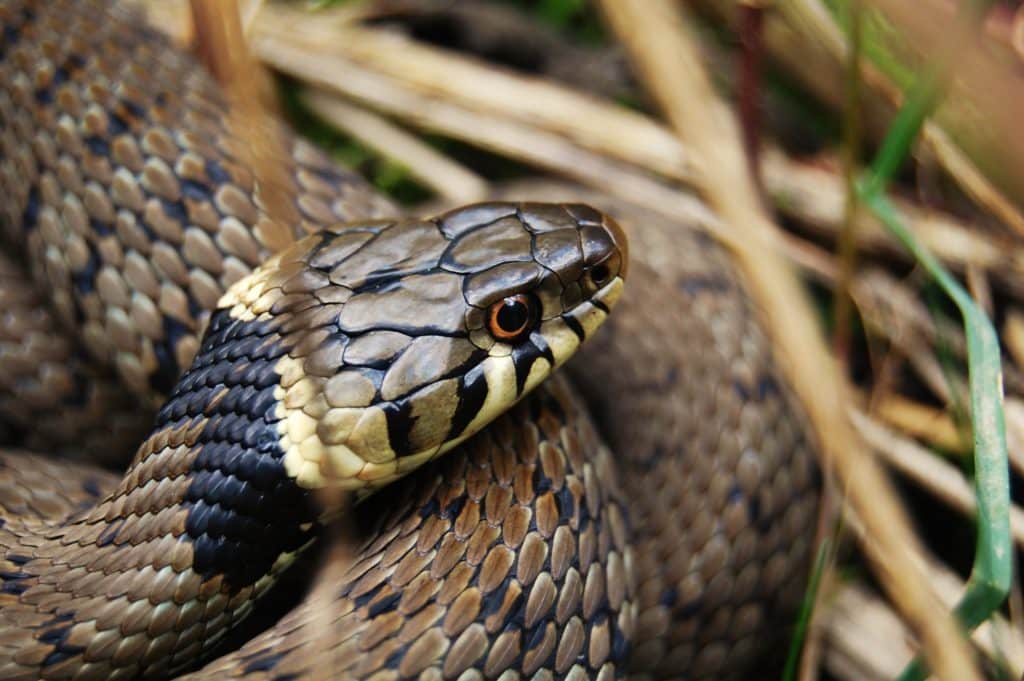
Firstly, ARGs help with the surveying and monitoring of the species themselves. Often a favourite activity of members, finding out the location and abundance of reptiles and amphibians is vital to determining what measures are needed to help protect them.
Secondly, ARGs work on public engagement and education. This can be at wildlife festivals or talks to specific groups. Snakes, frogs and newts captivate everyone from the absolute beginner to the accomplished naturalist.
Thirdly, ARGs undertake practical conservation tasks, helping to create and manage habitat for these animals. This could be digging a pond, or clearing one of weeds. Bramble and brush can overtake a site, limiting vital basking opportunities. Hard-working volunteers are vital in the maintenance of much reptile and amphibian habitat.
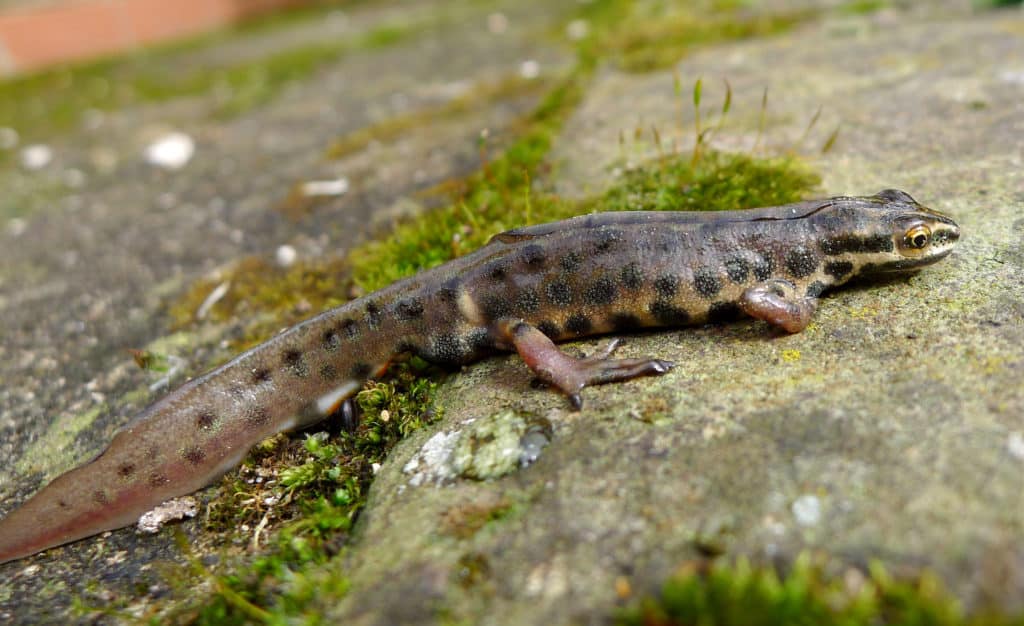
So, how does this look in London? Well, there have been several attempts to establish such a group in the city, but it is a large area, as GiGL followers know only too well. Many of the people who might be interested in helping ARG conservation projects are already committed in their local area. This time, rather than seek to do the recording and habitat work, we are aiming to train, support and help the amazing groups that are already in place through LARG (London Amphibian and Reptile Group).
In October we spoke at the Natural History Museum at the annual London Recorder Day conference. This has led to a great deal of interest from people looking to ensure that they are doing all they can to help, wherever they may be based and whatever role they may occupy.
Despite the differences between London and other areas in which ARGs are active, the challenges facing reptiles and amphibians are all too familiar. Habitat loss, degradation and fragmentation are compounded by pollution, global warming and, in the case of these animals, ignorance or active dislike. Certain species, such as great crested newts, have legal protection, but this has come at the cost of public vilification. The situation is similar for adders, our only venomous snake. These are present in disconnected pockets in and around London. A successfully reintroduced population was established in Hounslow Heath, but this has to contend with growing numbers of visitors and limited local ecological resources for the animals.
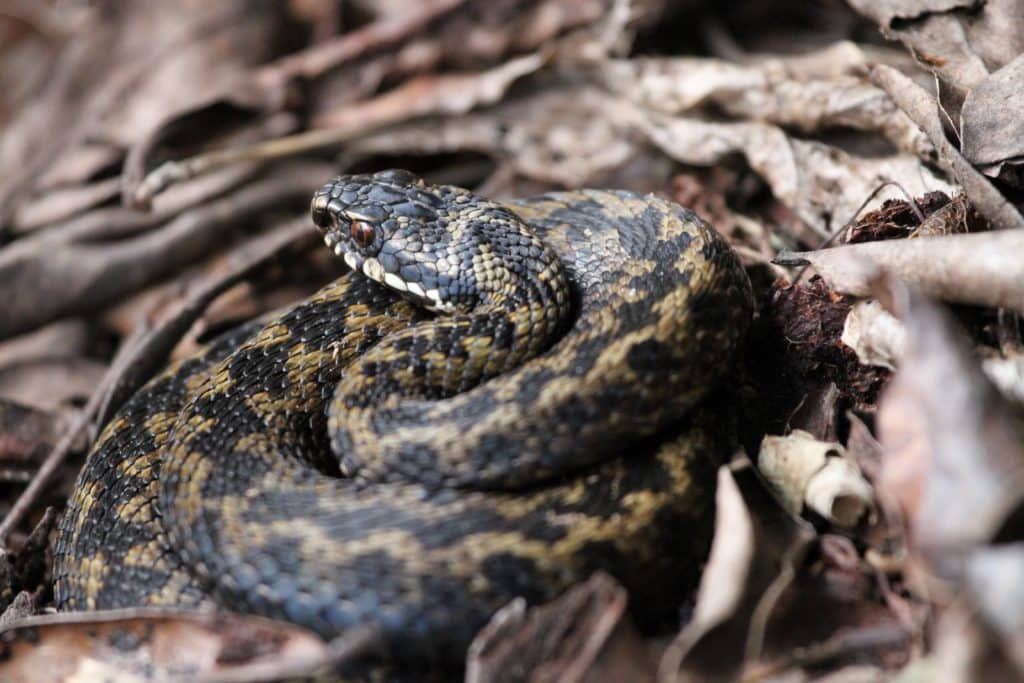
Therefore, the priorities for LARG coincide with those of many groups working across London. The “Lawton principles” of “bigger, better and more connected” sites are guiding many of the groups with which we work. For example, Kingston Borough Council have been in touch, asking us to review their habitat management plan. We will also be visiting Capel Manor College for a second training event and survey session in the spring, and much more besides.
So, if you are interested in getting more involved, or would like LARG to come and visit your part of the city in order to make life better for its scaly or spawning residents, please do get in touch!
Website: groups.arguk.org/larg
Email: davewillisbhs@yahoo.co.uk
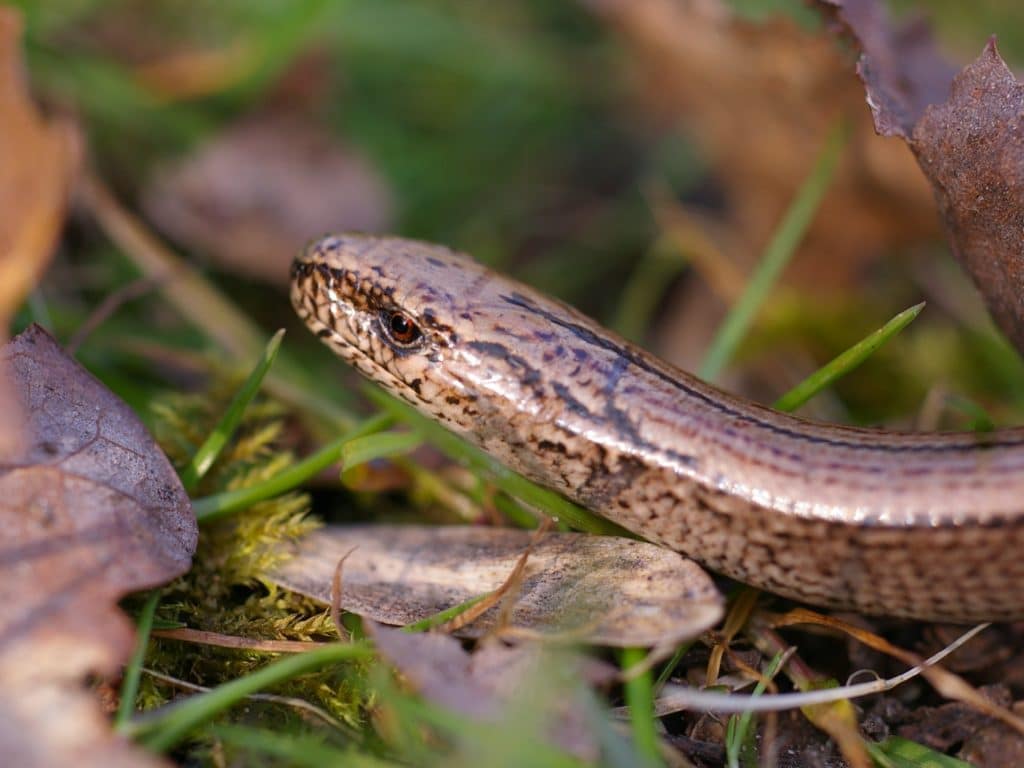

Our area of South Croydon has a thriving population of slow worms and various amphibian species in garden ponds. I have used local survey’s and the protected status of slow worms to challenge local planning applications where there has been insufficient attention paid to protecting local ecology.
It’s heartening that Croydon Council have started to take note of these concerns and a recent planning application was rejected, with one reason being “Insufficient information has been provided to demonstrate that the
development would not result in unacceptable harm to protected species or habitats”
We need to use this more to protect suburban habitats
https://publicaccess3.croydon.gov.uk/online-applications/applicationDetails.do?activeTab=documents&keyVal=RKOEMUJLFGV00